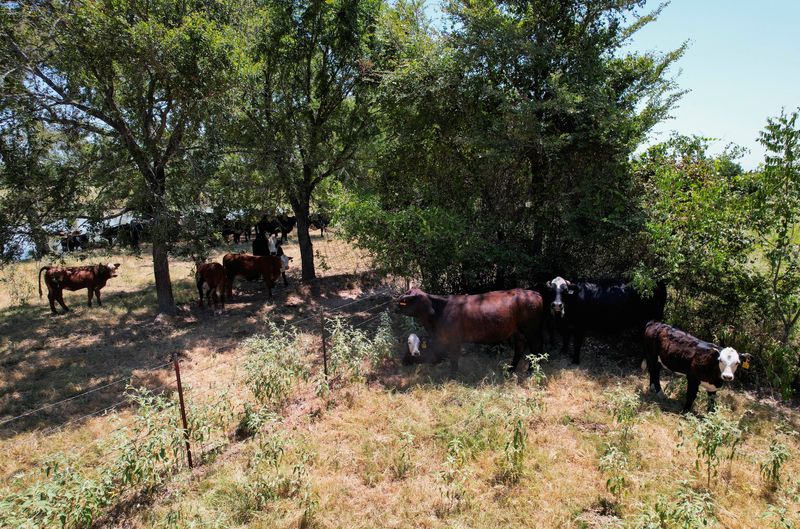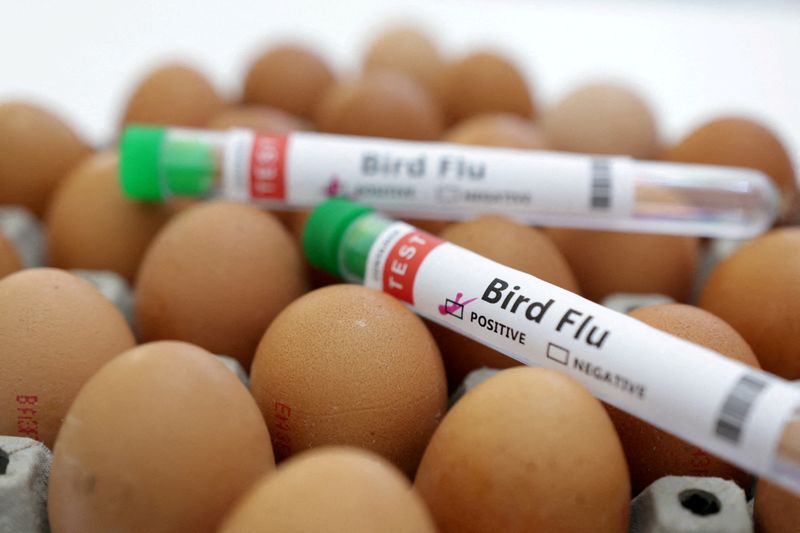By Tom Polansek
CHICAGO (Reuters) - Bird flu has infected a dairy herd in Ohio for the first time and was detected in additional herds in Kansas and New Mexico, according to the U.S. government, expanding an outbreak in cows that has raised concerns about possible risks to humans.
The U.S. Department of Agriculture (USDA) has confirmed infections in herds across six states since it first reported cases in Texas and Kansas on March 25.
The infected dairy in Ohio received cows on March 8 from a Texas dairy, which later confirmed a detection of bird flu, the Ohio Department of Agriculture said.
The USDA has said transmission of the disease between cows cannot be ruled out.
The initial cases in Texas and Kansas appear to have been introduced by wild birds, and the strain of the virus in subsequent cases in New Mexico, Michigan and Idaho was very similar, according to USDA.
Migratory birds have spread avian flu around the globe since 2022, infecting poultry and other species.
"In the state of Kansas, all the genetic sequencing data that we can come up with is still indicating it is a spillover event from a wild bird exposure," Kansas Animal Health Commissioner Justin Smith said in an interview on Thursday.
Bird flu has been found in three dairy herds in Kansas, two in New Mexico, seven in Texas and one each in Ohio, Idaho and Michigan, according to USDA.

The spread to an increasing number of species and its widening geographic reach have raised the risks of humans being infected, the head of the World Organization for Animal Health said on Thursday.
Texas officials reported on Monday that a farm worker tested positive, and the only symptom was eye inflammation. The U.S. Centers for Disease Control and Prevention considers the risk of bird flu for humans to be low.
